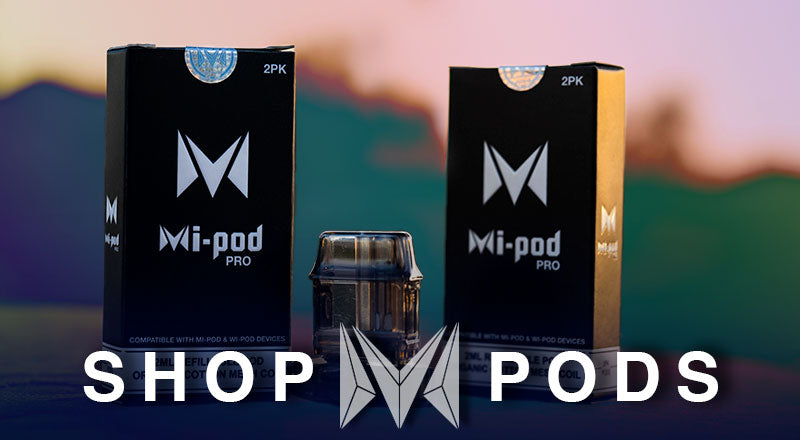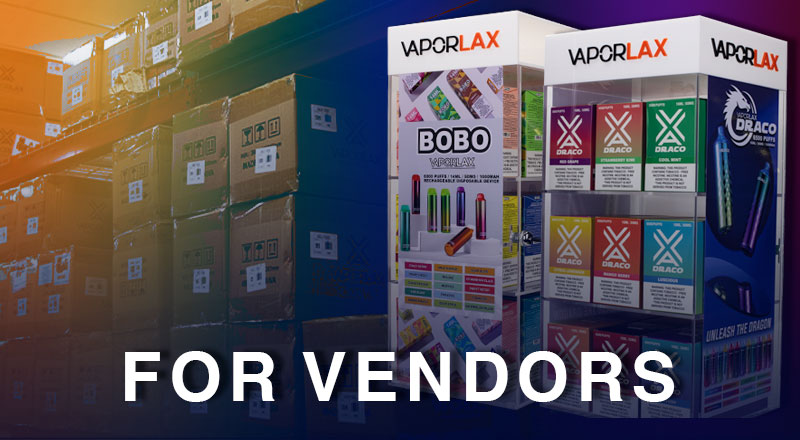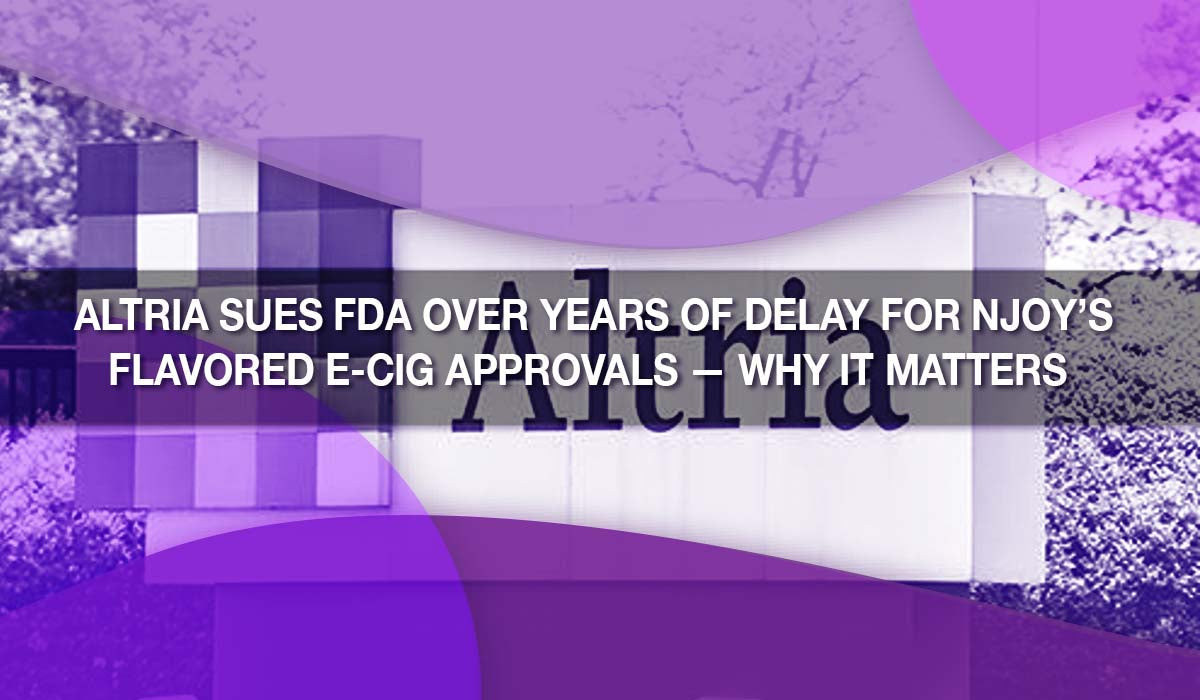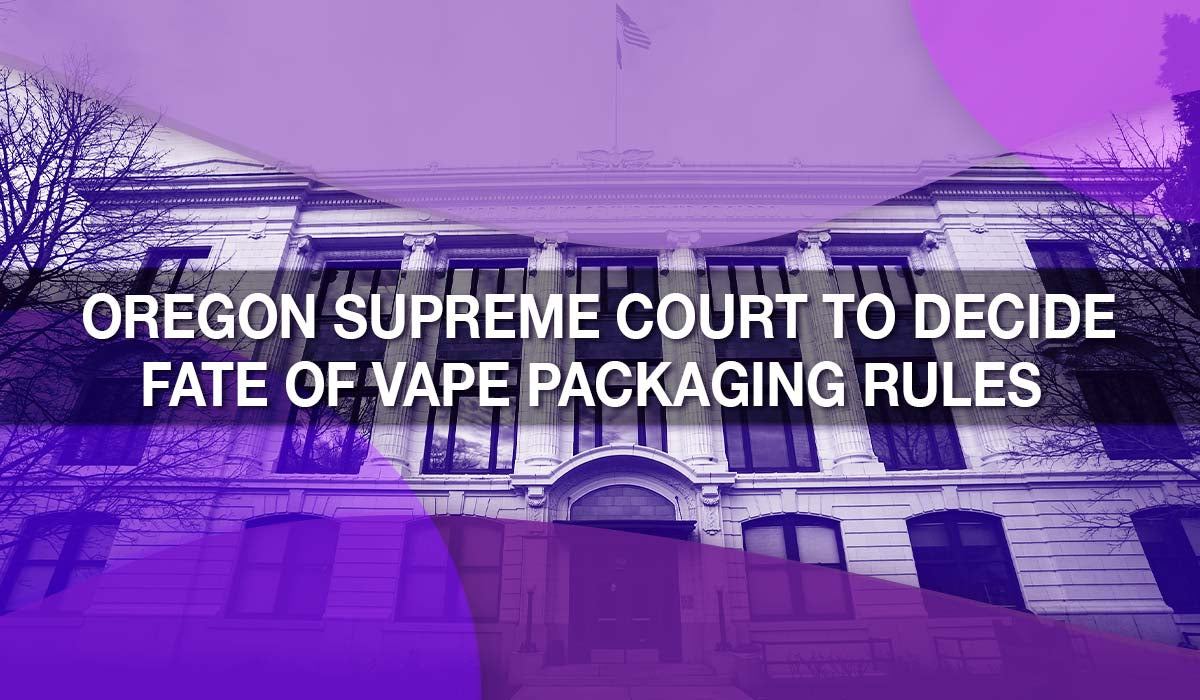FDA Launches Pilot to Streamline Nicotine Pouch PMTA Reviews — What It Means for Industry
On September 18, 2025, the U.S. Food and Drug Administration (FDA) announced a new pilot initiative aimed at making the review of nicotine pouch Premarket Tobacco Product Applications (PMTAs) more efficient. U.S. Food and Drug Administration This could mark a significant shift for manufacturers, developers, and other stakeholders in the nicotine pouch space — especially those waiting on long PMTA backlogs or facing uncertainty about timelines.
Below is a breakdown of what the pilot involves, why it matters, and how industry players might best respond to maximize benefit.
What the Pilot Program Is
Key features of the FDA’s initiative include:
-
Focus on critical elements: The review process will zero in on the most essential data for nicotine pouch products (“non-combusted” alternatives). The idea is to avoid over-burdening applications with less-critical materials at first pass.
-
Real-time / more frequent communication: FDA plans to have ongoing discussions with applicants to clarify missing or unclear information during the review, rather than waiting until the end ‒ reducing surprises and potentially shortening review timelines.
-
Deficiency-letter optimization: The goal is to limit both the number and severity of issues flagged in deficiency letters by catching issues earlier. This helps lower the risk that applicants will need to circle back significantly later in the review.
-
Case-by-case focus: While maintaining scientific rigor, the FDA will treat nicotine pouch PMTAs as a distinct category and use tailored criteria based on the product type risk profile.
The FDA also emphasizes that in the context of “continuum of risk,” non-combusted products like nicotine pouches are generally considered to pose lower health risks than combusted tobacco products. Thus, the regulatory review may reflect that gradient.
Why This Matters for Stakeholders
For businesses in this space (manufacturers, ingredient suppliers, product developers, regulatory consultants, retailers), this pilot can have ripple effects.
-
Faster Time to Market
Time is a major cost. Long PMTA review cycles can stall product launch plans, carry inventory risks, delay revenue, and limit competitiveness. Speeding up the review process means quicker approvals (or rejections), which allows firms to plan more confidently.
-
Reduced Uncertainty & Lower Regulatory Risk
Having clearer expectations, more feedback earlier in the process, and fewer surprises from deficiency letters helps companies mitigate risk. Less “rework” or rounds of revision means better alignment of resources.
-
Better Resource Allocation
If regulatory agencies accept more streamlined data sets for nicotine pouches, companies may be able to re-allocate internal R&D, regulatory, legal, and manufacturing resources more efficiently. It may reduce costs of gathering or generating data, especially for smaller companies.
-
Competitive Pressure & Product Differentiation
As more products clear authorization under this streamlined pathway, the competitive landscape may shift. First movers with strong PMTAs may secure shelf space, retailer relationships, and brand recognition quicker. Products that better align with early feedback, strong safety or packaging mitigations (e.g., child safety) will have advantage.
-
Public Health / Regulatory Balance
This approach signals that FDA recognizes both the health risks and the potential benefits of alternatives (i.e., reduced harm from switching). For some firms, this opens opportunities to emphasize switching data, harm reduction evidence, and population health impact in their PMTAs.
-
Risk of Increased Scrutiny in Specific Areas
With efficiency increases comes attention. For example, FDA noted concern about accidental nicotine pouch exposures among young children and has urged manufacturers to use child-resistant packaging. Companies will need to ensure high standards in safety, labeling, marketing, packaging, and possibly post-market surveillance.
Best-Case Scenario for Industry
Here’s how this could play out in the most favorable way:
-
Short But Predictable Review Timelines: PMTA reviews for nicotine pouches might be cut from multi-year timelines to more manageable windows (maybe a year or less, depending on completeness), with clear milestone benchmarks.
-
High Throughput of Authorizations: More authorized nicotine pouch products mean a broader market, more flavor/formulation/design innovation, better supply chain scale, and lower per-unit cost.
-
Clear Regulatory Guidance & Templates: FDA may publish more specific guidance or templates based on insights from pilot applicants, helping reduce “application surprises” for those coming later.
-
Proliferation of Lower-Risk Products: Increased availability of nicotine pouch alternatives could shift consumer demand, perhaps reducing cigarette use and creating new growth segments.
-
Reduced Regulatory Bottlenecks: With more efficient deficiency resolution and better feedback loops, the administrative burden and back-and-forth on PMTAs could decrease substantially.
What Companies Should Do, Proactively
To make the most of this opportunity, companies should consider prepping on several fronts:
-
Audit Existing Data & Build Strong Switching / Risk Reduction Evidence: Because FDA emphasizes public health and population impact, ready studies or submissions showing adult switching and harm reduction will be especially valuable.
-
Ensure Packaging, Labelling, and Child Safety Measures Are Top-Tier: Given the FDA’s stated concern over accidental exposures, innovations or rigorous design in safety will matter.
-
Engage Early with Regulatory and Legal Advisors: Since the pilot involves more real‐time communication, having teams ready to respond, clarify, or adapt will speed things up.
-
Prepare to Supply Efficient & High-Quality Submissions: Prioritize the most critical elements; anticipate what FDA will ask in deficiency letters. Think about preemptive data where possible.
-
Monitor Pilot Outcomes Publicly: Watch for public signals — which products are being approved, how quickly; what issues are being flagged. This can guide your own strategy.
Caveats & What to Watch (Because It May Not Be Smooth Sailing)
Even in the best case, there are risks and unknowns:
-
The pilot covers nicotine pouches now — other product types (vapes, disposables, etc.) may not benefit or may get different standards.
-
FDA still will hold rigorous scientific standards. Strict evidence of switching, population effects, youth risk, etc., still necessary; streamlining doesn’t mean lowering bar.
-
Because this is a pilot, there is risk of growing pains: inconsistent feedback, variance between reviewers, delays in initial implementation, or pushback from public health stakeholders or lawmakers.
-
Any expansions or generalizations of this pilot to other categories will depend on outcomes; regulatory conservatism may limit how broadly the model is adopted.
Takeaway
For companies in the nicotine pouch space, the FDA's new pilot is one of the more hopeful regulatory developments in recent years. If executed well, it could reduce time, cost, and uncertainty around getting products to market. Firms that prepare proactively — with good data, strong safety/packaging, and regulatory readiness — are likely to benefit most. On the flip side, staying vigilant about FDA’s requirements, maintaining high standards, and using the pilot’s feedback loops effectively will be crucial.






Leave a comment
This site is protected by hCaptcha and the hCaptcha Privacy Policy and Terms of Service apply.